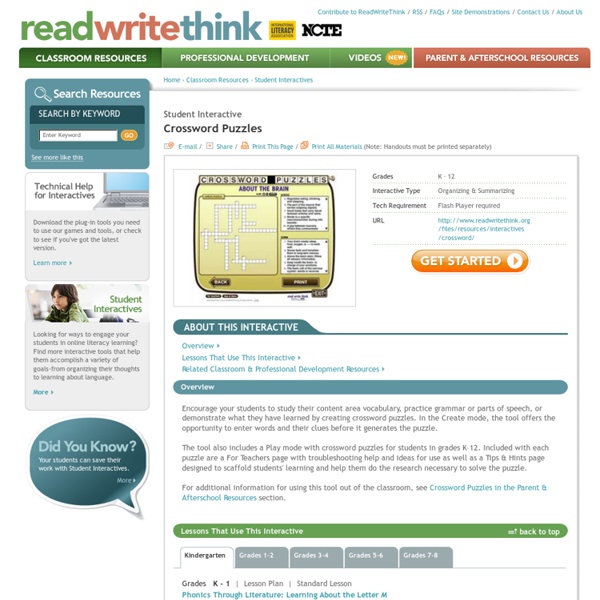Word Cloud Generator
How the Word Cloud Generator Works The layout algorithm for positioning words without overlap is available on GitHub under an open source license as d3-cloud. Note that this is the only the layout algorithm and any code for converting text into words and rendering the final output requires additional development. As word placement can be quite slow for more than a few hundred words, the layout algorithm can be run asynchronously, with a configurable time step size.
Theme Poems
In this online tool, elementary students can write poems based on shapes from five different categories: Nature, School, Sports, Celebrations, and Shapes. Within these categories, 32 different shapes are included. By selecting a shape, students are learning how to focus their writing on a particular topic or theme. In addition, as part of the online tool, students are prompted to brainstorm, write, and revise their poems, thus reinforcing elements of the writing process. Students can save their draft poems to revise later. See the 5-minute video tutorial Saving Work With the Student Interactives for more information on have to save, e-mail, and open a file in any of the ReadWriteThink Student Interactives.
New Words in The Oxford Dictionary
……………….Manspreading!………………… Manspreading?
Literacy In The Digital Age
Editor’s Note: Teaching Channel has partnered with Student Achievement Partners on a blog series about digital literacy tools and their effective use by educators. The majority of the tools mentioned in this post and the four earlier posts in our series, transform the student experience from passive consumers of information to active creators of content, employing multiple English Language Arts standards and skills along the way. We firmly believe this ought to be the new norm in the modern classroom. Kids have access to information; we must teach them how to navigate a world constantly evolving where content is at their fingertips. The traditional application of ELA isn’t enough for future-ready learners. We would argue our students read and write more now than they ever have before — between texting, social media, gaming, and everything else they do in their digitally fueled, online lives.
Acrostic Poems
Grades 3 – 5 | Lesson Plan | Standard Lesson Vocabulary Solutions: A Mixture of Science, Conversation, and Writing In this lesson, students conduct a science experiment and later discuss the events of the lab during shared writing. Students explain the procedure in their own words and then revise to include content specific vocabulary. Finally, students reflect on new words added to their writing using the Trading Card Creator interactive.
10 Useful Web Tools for Creating Online Quizzes and Polls
February, 2014 Following the visual I posted here a couple of weeks ago featuring the differences between formative and summative assessments, somebody shared with the link to this Listly list that comprises dozens of interesting web tools to create online assessments. I have already reviewed some of the tools mentioned in this list in separate posts here in Educational Technology and Mobile Learning but I also found out new tools I did not know about. I am re-sharing the whole list created below and I invite you to spend some time sifting through its content. Enjoy Update : After posting the original Listly list, I received several emails informing me that the list does not appear to them so I decided to copy the list manually here.
The Best Part of Me
Directions Part 1 Step 1: Gain your class' undivided attention, then roll up your sleeve, hold your elbow out toward them, and look at it like it is the most amazing thing you have ever seen. Say, "So tell me, what do you think of my elbow? Because I absolutely love it! I think it IS the best part of me."
Making Words Stick: Memorizing GRE Vocabulary
Making Words Stick If you read this week’s posts, you know how to be a full-fledged word detective. You also have the vocabulary books that provide you with the best prep. Now, we need to talk about the process of getting words to stick in your head. Below is the magical formula for helping words stick. Come up with Clever (and Wacky) Associations




This crossword puzzle activity has pre-created puzzles for content area vocab and definitions. There are different difficulty levels and there is an option for teachers to create their own puzzles for students as well. Teaching Tips Students are learning vocab in a fun interactive way. Ability to save progress while working. Can be used alone or in partners, groups or classwide. Let students explore on their own during free time or use as an activity with content area words. by k3nolen Sep 27